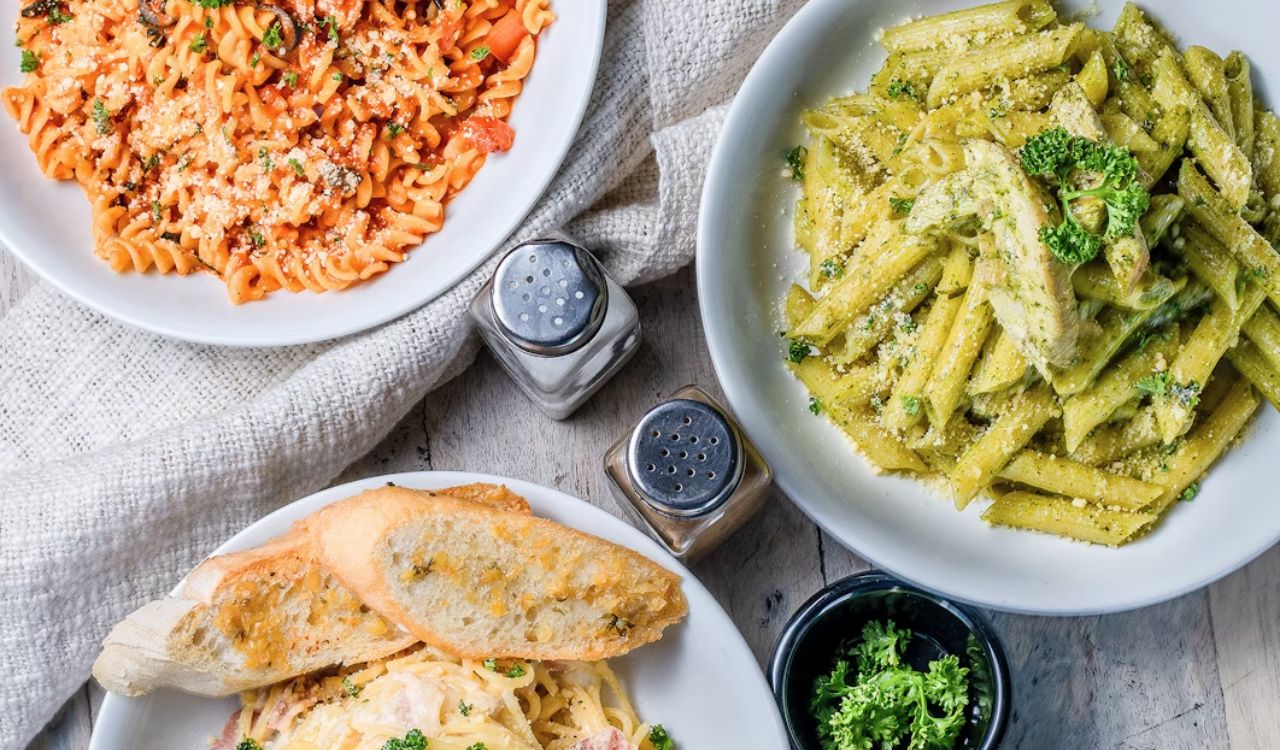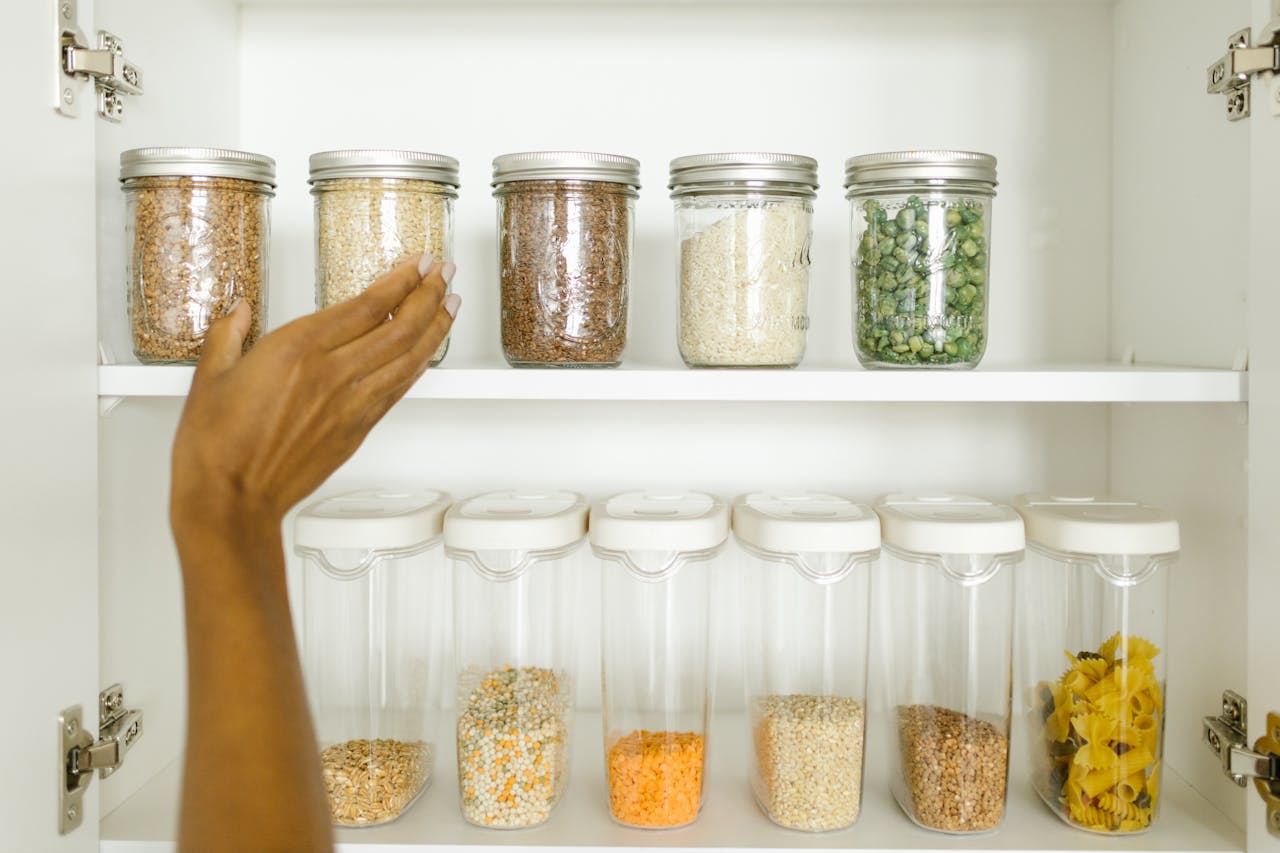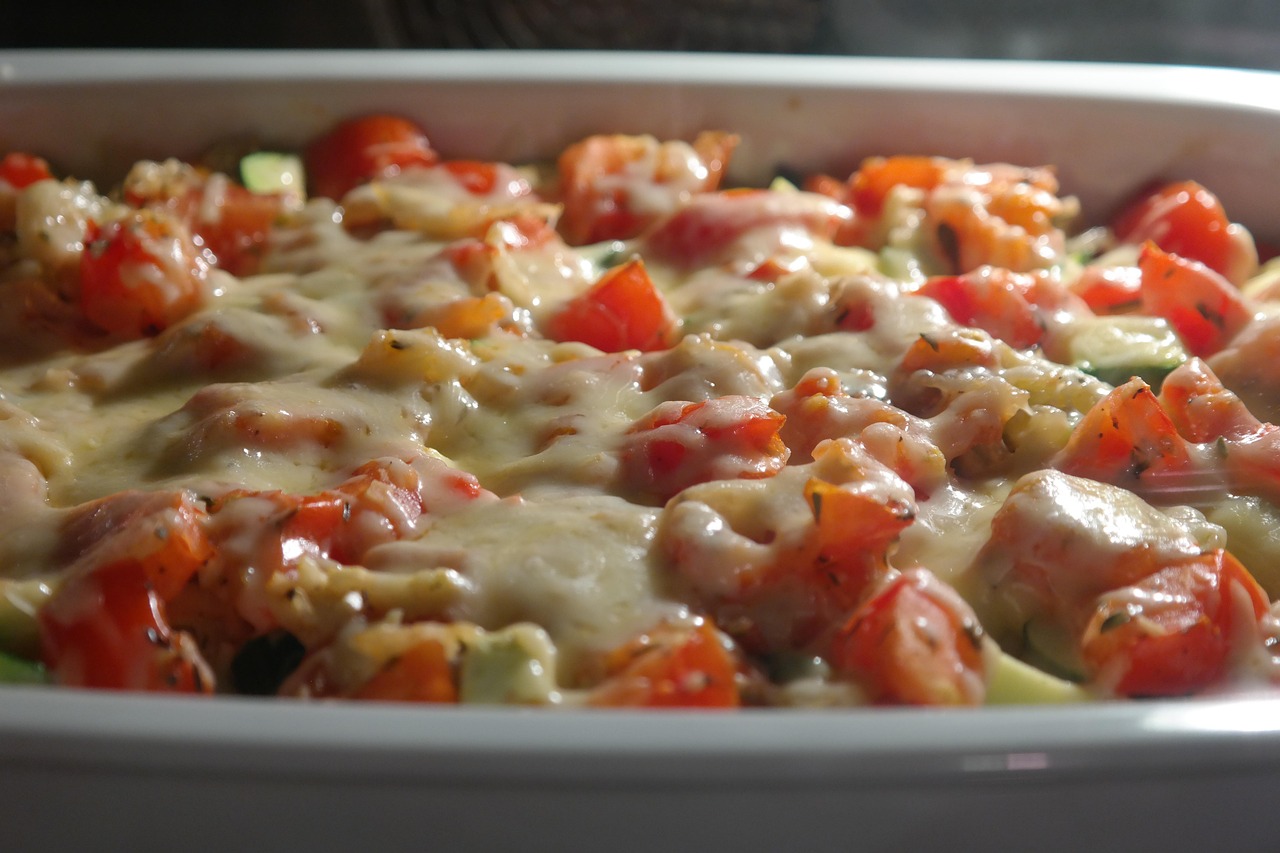10 Foods That Look Healthy But Really Aren’t
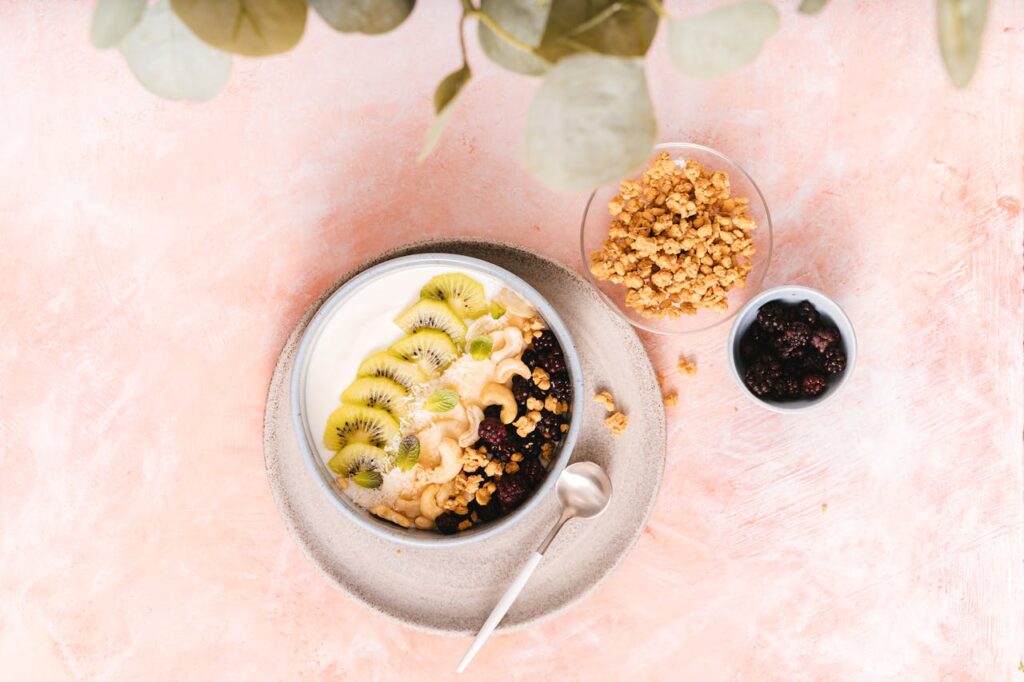
Healthy eating sounds straightforward until you start looking at labels. Some foods wear a “wholesome” image but are far from it once you check the nutrition facts. Many products play on buzzwords like natural, light, or organic to make you feel better about buying them, but that doesn’t mean they’re actually good for you. In fact, a few of the biggest offenders sit right in the so-called health section. Let’s break down ten everyday foods that may look like safe bets but are hiding extra sugar, refined carbs, or unhealthy fats that make them far less nutritious than you think.
1. Granola Bars
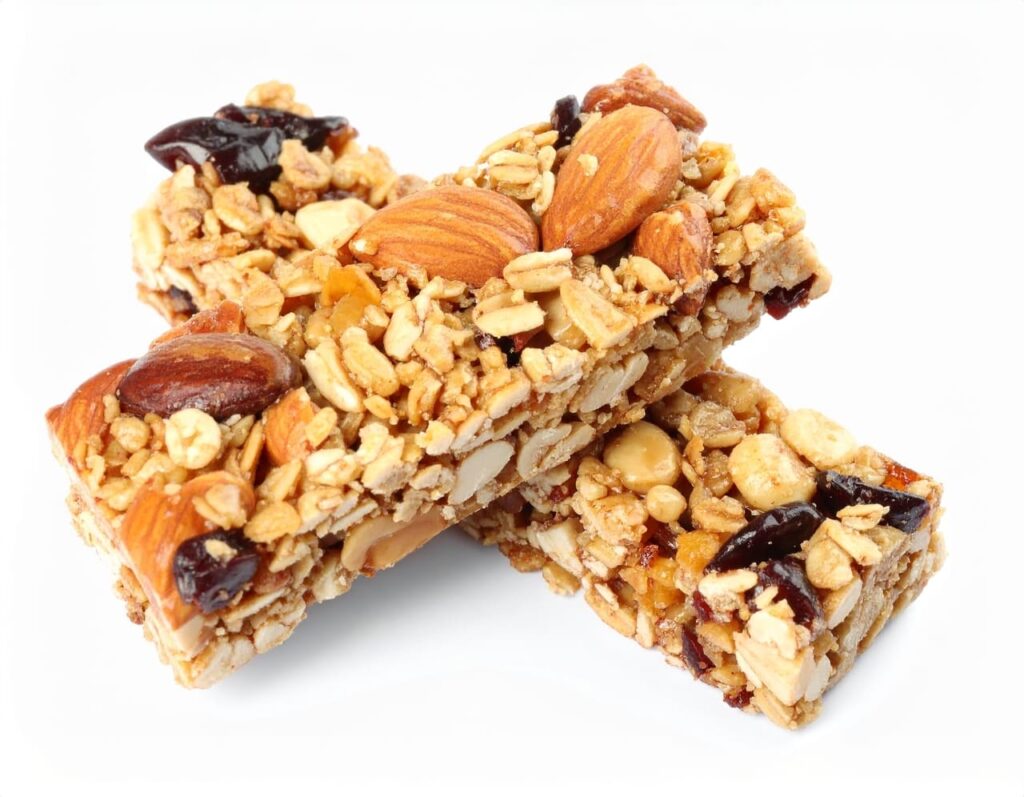
Granola bars often look like a convenient, healthy snack, but many are closer to candy bars in disguise. A lot of brands pack in sugar syrups, chocolate chips, and processed oils that turn them into a dessert rather than a nutritious bite. Even the ones labeled “low fat” can contain extra sugar to make up for lost flavor. While oats and nuts are healthy on their own, once mixed with syrups and coatings, the benefit shrinks fast. If you’re looking for real fuel, a handful of unsweetened nuts or fruit is usually a better choice.
2. Flavored Yogurt
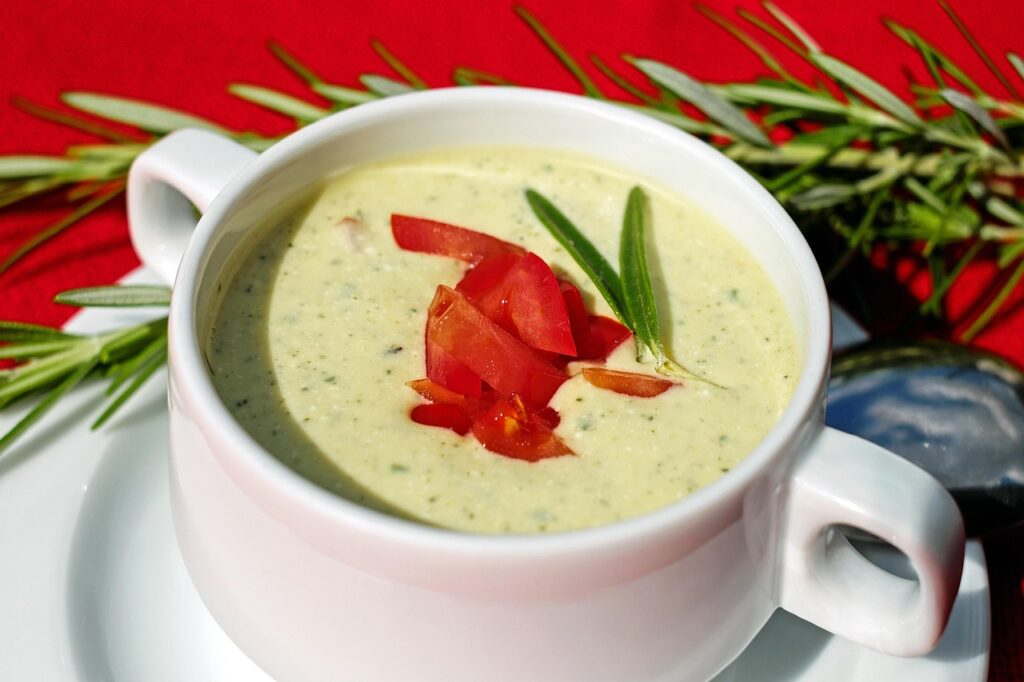
Yogurt has a reputation as a health food, but flavored varieties often contain more sugar than a bowl of ice cream. Fruit-on-the-bottom cups or dessert-inspired flavors can pack in 20 grams of sugar or more per serving. That makes what should be a protein-rich snack into something that spikes blood sugar and leaves you hungry again quickly. The healthier move is to go for plain Greek yogurt and add your own fresh fruit or honey if you need sweetness. This way, you control the sugar and still get the probiotics, protein, and calcium that make yogurt worth eating.
3. Veggie Chips
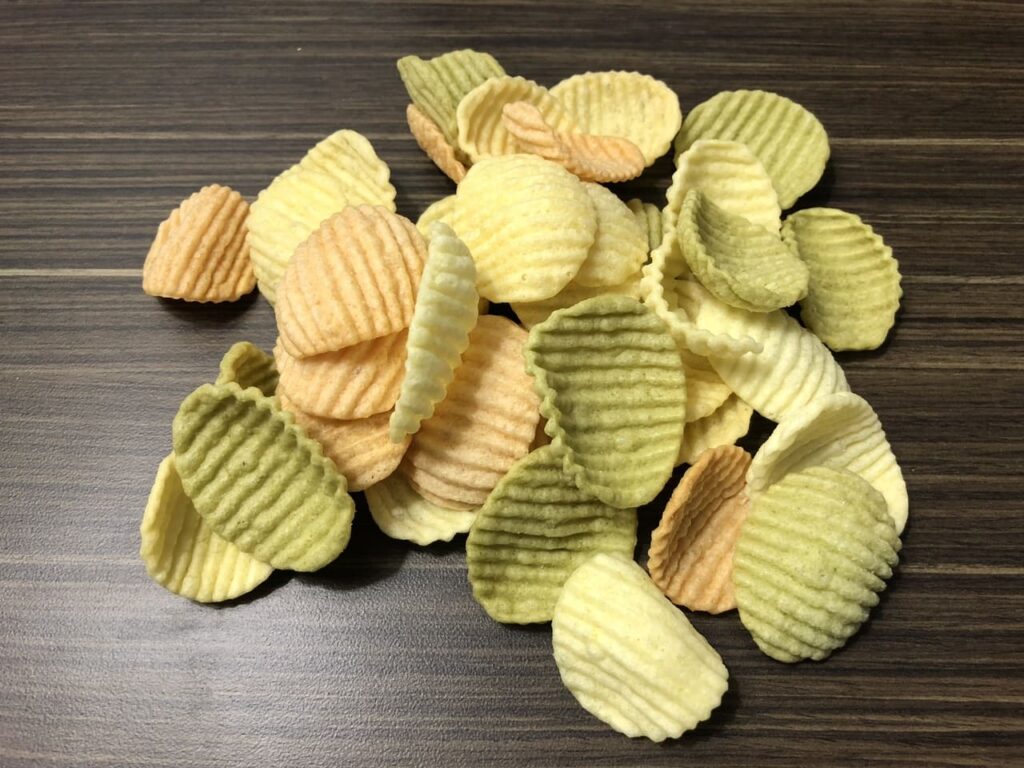
Veggie chips sound like a lighter alternative to potato chips, but most are made by processing vegetables into powders, mixing them with starches, and frying them in oil. The end product often has little nutritional value left from the original vegetables. Worse, the sodium content can be just as high as regular chips, making them no better for your heart or blood pressure. While they may offer a slight psychological boost, they don’t deliver the nutrients the packaging suggests. A healthier swap is crunchy raw veggies with hummus, which provide real fiber, protein, and vitamins without the empty calories.
4. Smoothie Bowls
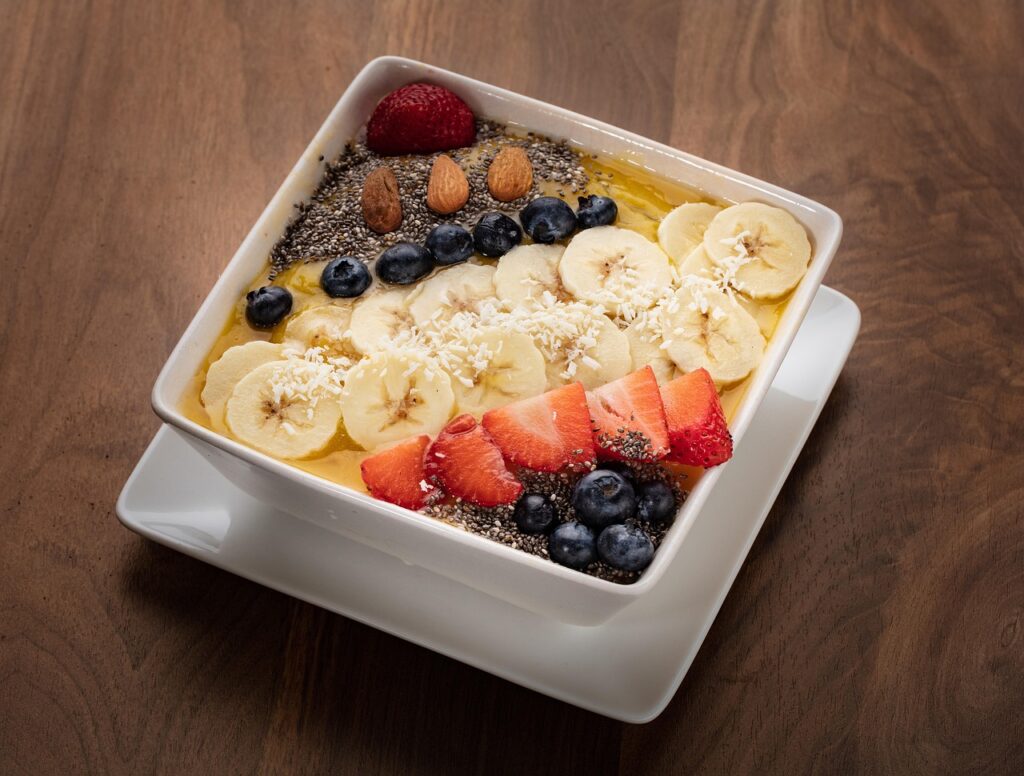
Smoothie bowls look beautiful and are often packed with fruit, but they can be sugar bombs in disguise. A base made of fruit juice or sweetened yogurt already sets the stage for a spike, and then toppings like granola, honey, or coconut flakes pile on more sugar and calories. While fruits are naturally healthy, eating them blended and topped this way can push one bowl over 600 calories without much protein or staying power. If you enjoy smoothie bowls, keep portions small and balance with nuts or seeds to add protein and healthy fats that slow the sugar rush.
5. Store-Bought Salads
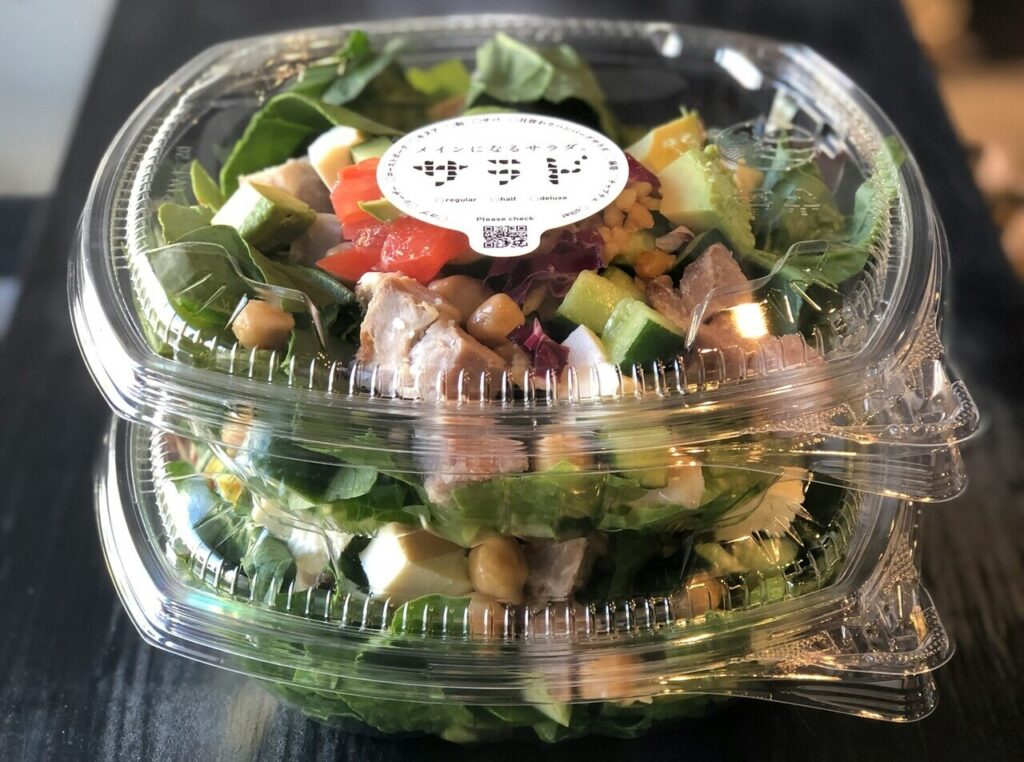
Pre-made salads often look like a safe choice, but many are loaded with heavy dressings, fried toppings, and hidden sodium. Caesar or ranch salads can carry more calories than a fast-food burger, especially when covered in croutons, cheese, or creamy sauces. Even “light” dressings sometimes use added sugar to make up for reduced fat. While the vegetables themselves are healthy, the extras quickly tip the balance. A better option is building your own salad at home with fresh greens, lean protein, and a drizzle of olive oil or vinaigrette for flavor without the calorie overload.
6. Granola Cereal
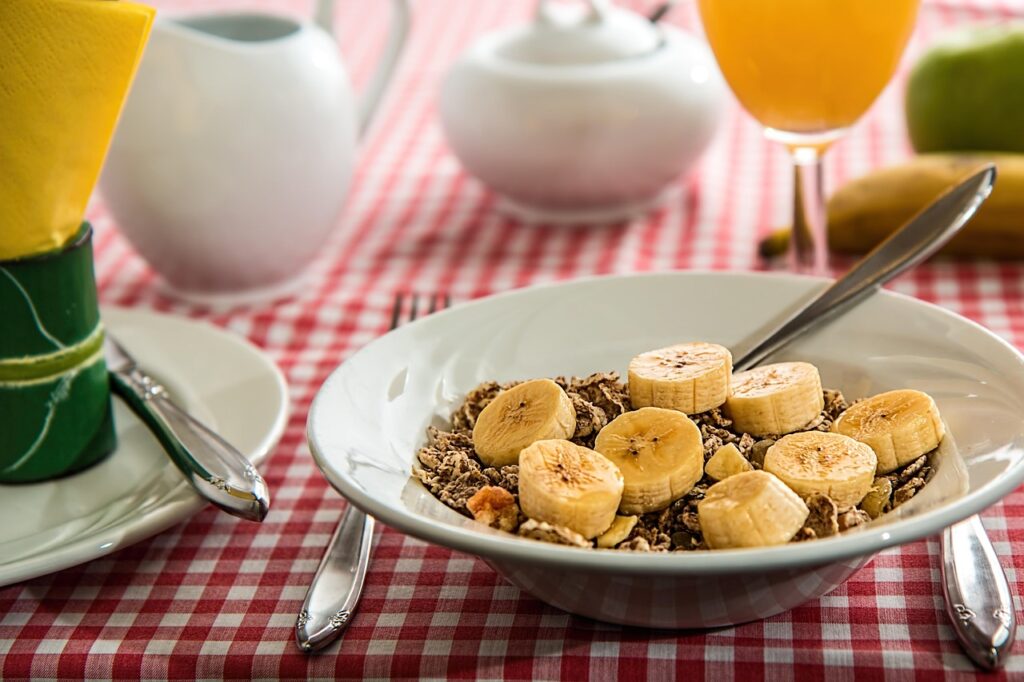
Granola cereal may seem like a nutritious breakfast, but most store-bought options are packed with sugar and oils that make them closer to dessert than a morning staple. Just one serving often contains multiple teaspoons of added sugar, and most people pour far more than the suggested portion. While oats and seeds have real health value, the added sweeteners turn this food into an energy spike that fades quickly. If you enjoy granola, try making it at home with less sugar and more nuts for protein and healthy fats that help keep you full longer.
7. Dried Fruit
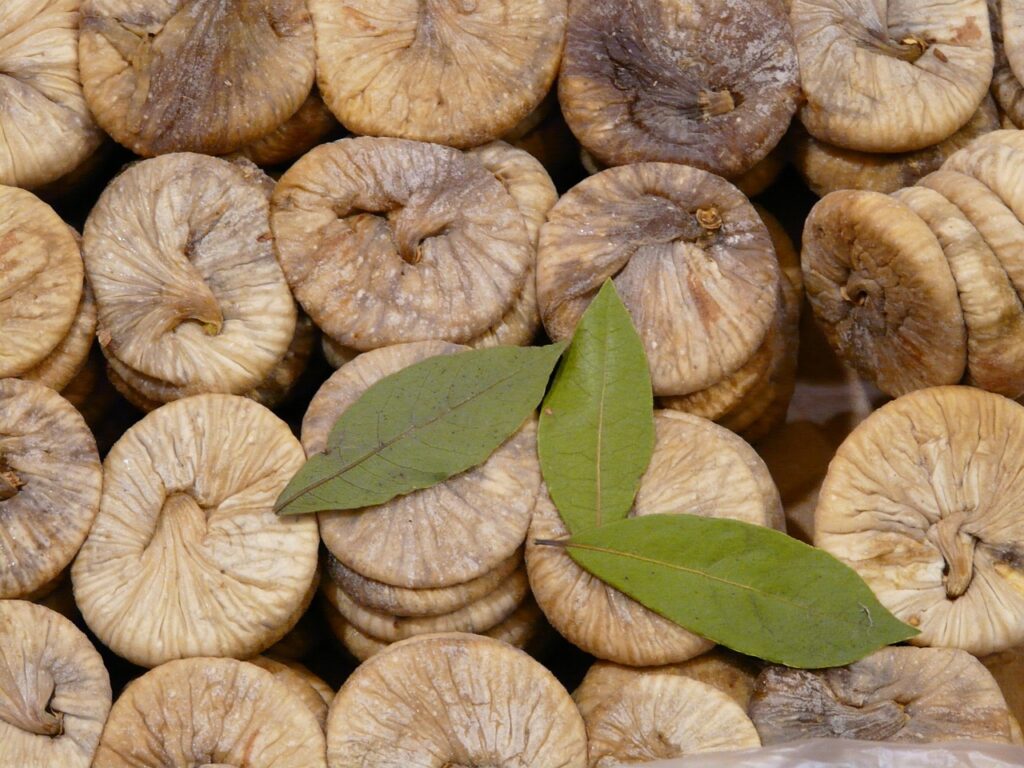
Dried fruit seems like a wholesome snack, but it often contains added sugar and preservatives to extend shelf life and enhance sweetness. Even without extras, the drying process condenses natural sugars, so you can eat far more calories than you would from fresh fruit. A small handful of dried mango or cranberries can equal the sugar in a candy bar, which makes it less than ideal for snacking. Fresh fruit is a better choice, but if you go for dried, pick unsweetened versions and watch your portions to avoid turning a healthy snack into a sugar overload.
8. Protein Bars
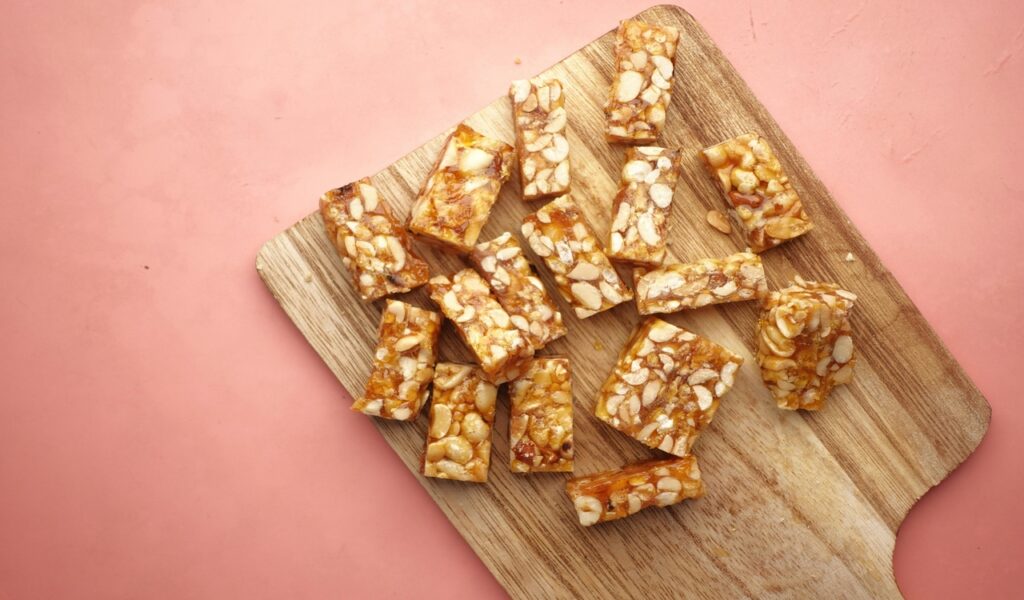
Protein bars are often marketed as a workout essential, but many are full of added sugar, artificial flavors, and processed fillers. Some even rival candy bars in calorie and sugar content while offering little actual nutrition beyond a dose of protein powder. If you’re eating one as a meal replacement, you might be better off with a simple combo like Greek yogurt with nuts or a boiled egg and fruit. These give you natural protein and nutrients without the unnecessary additives. Protein bars can be useful in a pinch, but they’re rarely the health food the packaging suggests.
9. Bottled Smoothies

Bottled smoothies might look like a quick way to get fruits and vegetables, but many are packed with fruit juice concentrates and added sugars. While the labels highlight vitamins and antioxidants, the fiber that comes from whole fruits is often missing. That means the drink can cause blood sugar spikes without keeping you full. Some bottles contain more than 300 calories and as much sugar as a soda. If you want a smoothie, making one at home with real fruit, leafy greens, and protein like yogurt is a healthier way to go.
10. Flavored Oatmeal Packets
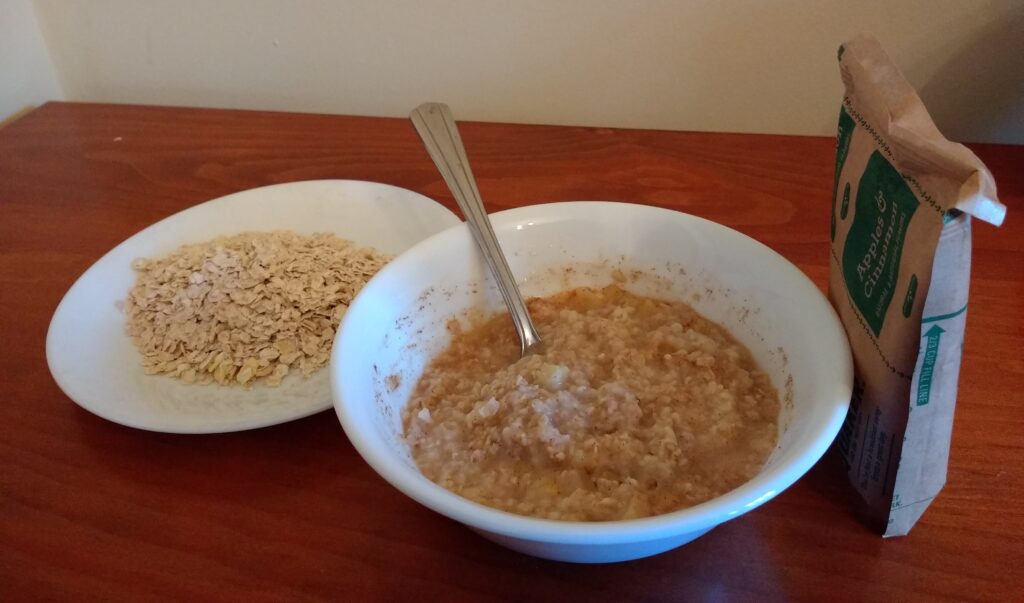
Instant oatmeal packets promise a quick, healthy breakfast, but the flavored versions are usually loaded with sugar and artificial flavors. A single packet can contain 12 grams or more of added sugar, which undermines the benefits of whole oats. While oatmeal itself is a fiber-rich food that helps with heart health, the instant sweetened versions don’t deliver the same nutrition. A smarter approach is buying plain rolled oats and adding your own fruit, nuts, or a drizzle of honey for sweetness. This keeps the sugar low while letting you enjoy oatmeal’s natural benefits.


